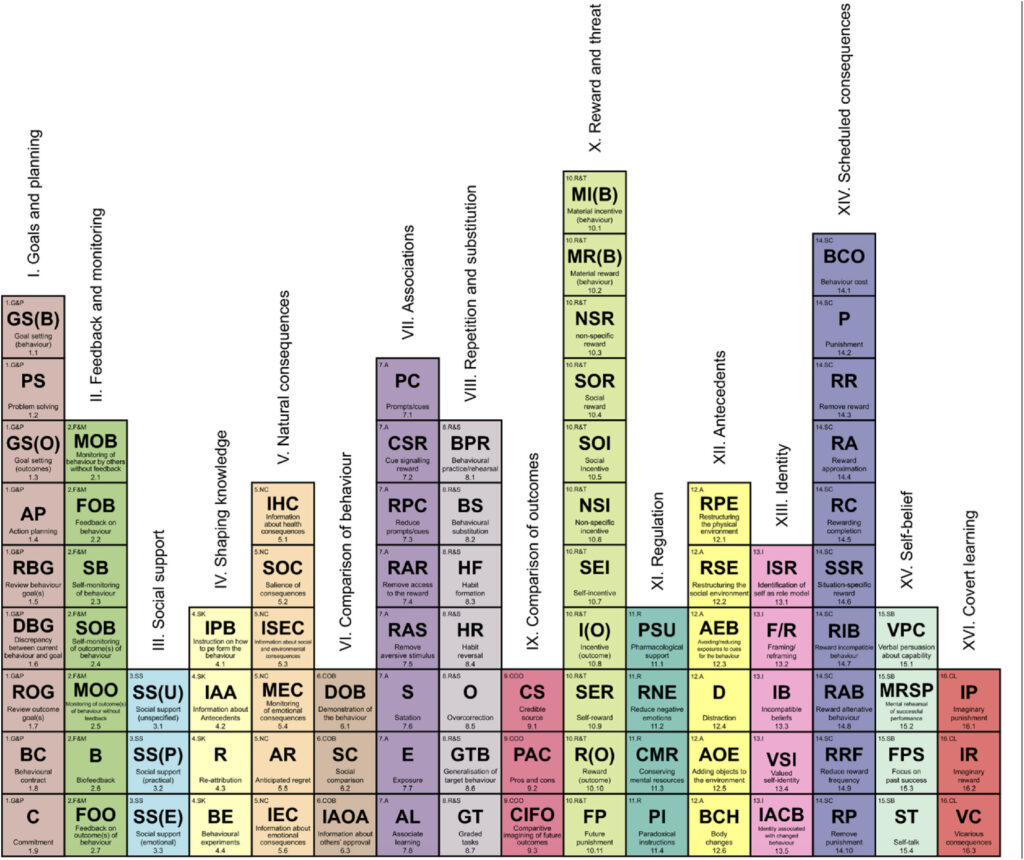
A new review shows that reshaping the physical context in which meat-free dishes appear is the most effective way to encourage sustainable consumption.
Making plant-based dishes the default option, increasing their ratio against meat-based meals, and placing meat-free items above animal proteins on the menu are some of the best ways to get people to eat less meat in public settings, a new study has shown.
Experts from University College London and Belgian consultancy Behaven reviewed 93 techniques from the behavioural change taxonomy to find the most effective levers of sustainable consumption.
They identified 13 techniques used in 26 interventions and tested in 22 field studies over the last decade, and concluded that “restructuring the food environment” was the most impactful strategy.
“These interventions ranged from changes in the presentation of different options on a menu to changes in what options were available and/or where they were placed,” the authors wrote in the Appetite journal, noting that each intervention had a “statistically significant positive effect” on eating more sustainably.
Which behavioural change techniques work best?

The behaviour change techniques focused on a range of aims – some looked to reduce meat intake, some targeted the consumption of meat-free food, and others sought to promote foods with lower carbon footprints (like oat milk instead of dairy).
Interventions that reshaped the physical environment were often used in conjunction with techniques that “added objects”, like introducing new meat-free or low-carbon options, extra menu cards, or promotional signs.
When it came to meat reduction, changing the ratio of meat and meat-free dishes and listing only vegetarian or vegan options on the menu by default were effective techniques. Placing the plant-forward option at the top of menus and changing prices to match with each other helped increase the consumption of meat-free food, but had no effect on meat intake.
Informational posters, “dynamic norm messages” (for example: “More and more customers are choosing our veggie options”), and communicating the emotional consequences of eating vegan were ineffective.
That said, information about the health, social and environmental benefits of plant-forward eating led to a small increase in meat-free food consumption – this includes the use of carbon labels, which was successful across multiple studies.
However, a recent study suggested that the efficacy of carbon labels is often overstated, adding that they usually work better online. Still, researchers concluded that the “indirect and long-term impacts” of these labels should not be overlooked, as they can serve important roles beyond merely changing consumer behaviour.
Interventions need to go ‘beyond awareness’

“Some of the most commonly used interventions, such as providing environmental information, point-of-purchase prompts, or highlighting others’ food choices, showed little to no effect on reducing meat intake,” noted Sophie Attwood, a behavioural scientist and founder of consultancy Behavior Global, who was not involved in the study.
“[This] gives us yet more evidence that changing the structure of food environments, rather than just delivering information, continues to be the most reliable lever for sustainable dietary change.”
The study’s authors echoed this sentiment. “The review underscores the importance of grasping the full spectrum of influences on sustainable food consumption before designing interventions, and highlights the need to go beyond mere awareness and knowledge raising to make sustainable dietary changes easier,” they said.
“The strategic application of effective behavioural change techniques can play a vital role in encouraging the broader adoption of sustainable diets and, ultimately, contribute to reducing the environmental impact of diets to achieve net zero.”
Indeed, the meat industry has an outsized climate footprint. Livestock farming alone accounts for up to a fifth of all global emissions, and one study suggests that it is the leading cause of climate change. Plant-based diets, on the other hand, can help reduce emissions, land use and water consumption by 75%.
Last year, the World Resources Institute unveiled a “foodservice playbook” with 90 interventions to nudge people into eating less meat and more plants, 18 of which were “priority” techniques that trials have found feasible and effective. These included improving the taste and appearance of plant-based dishes, adding carbon footprint labels, increasing the ratio of meat-free meals, and integrating meat alternatives next to animal protein.
The post Science of Sustainable Dining Study: Redesigning Menus Reduces Meat Consumption appeared first on Green Queen.
This post was originally published on Green Queen.